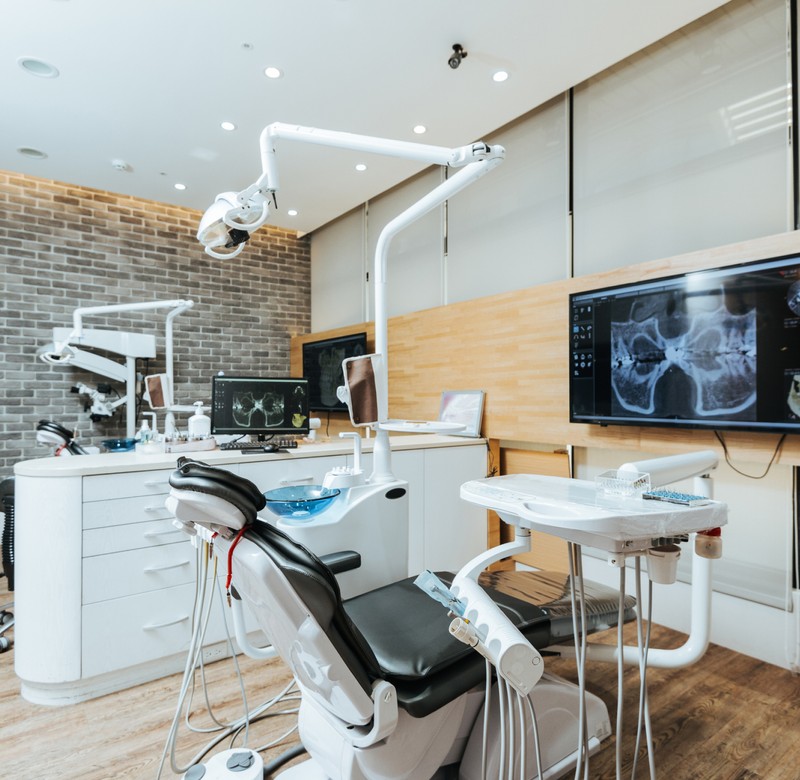07 September 2025
Getting a dental filling is meant to relieve pain, not cause more of it. But sometimes, after your numbness wears off, you might start to feel an ache around your treated tooth. This discomfort can catch you off guard, especially if it lingers longer than you expected. While some sensitivity is normal, pain after a filling can have different causes and may need attention if it sticks around.
Whether your filling is brand new or a few days old, having sore teeth can make eating, drinking, and even talking feel uncomfortable. If you're in Lakewood and recently had dental work done, the cooler days of early fall might even make your teeth more sensitive to temperature changes. Let’s break down some common reasons for this kind of discomfort, when it might go away, and what to do to feel better.
Common Reasons Your Teeth Might Hurt After a Dental Filling
It’s not unusual to feel sore or sensitive after getting a filling. Some people feel pain when they bite down, others when eating very hot or cold food. Here are a few of the more common reasons your teeth might feel off after dental fillings:
- Temperature sensitivity: Fillings may leave the tooth surface more reactive to cold or heat, especially when breathing in cool fall air or sipping hot drinks.
- Pressure pain: You might feel discomfort when biting or chewing. This could mean the filling is too high or hitting another tooth before it should.
- Sweet sensitivity: Teeth can sometimes ache when eating sugary foods right after a filling. The area could still be adjusting.
- Irritated nerve endings: The fillings sit near the inner parts of a tooth, and sometimes the nerves take extra time to settle down.
- Filling type: Metal or composite materials can react differently inside your mouth, especially when they're first placed.
One common issue is what's called a high bite. If the filling changes how your teeth meet when chewing, it can throw off the balance of your bite. Over time, constant pressure on one tooth can lead to soreness or inflammation around the root. If this is the case, a small adjustment by the dentist usually solves the problem fast.
Think of it like wearing a new pair of shoes. At first, things can feel a little off. But if the shoes don’t break in, or they start to cause real discomfort, it may mean they don’t fit right in the first place. Similarly, your filling should eventually feel natural, and if it doesn’t, your dentist needs to take another look.
How Long Should the Pain Last?
Mild discomfort right after a filling is pretty normal. The tooth was drilled, cleaned, and sealed, so it's understandable that it needs a little time to settle. Most of the time, mild sensitivity lasts for a few days to a couple of weeks. It should slowly fade, especially if the filling was done properly and is healing without irritation.
That said, the kind of pain you're feeling matters. Here's a general guide:
- Sharp pain with cold or hot foods? Could just be your nerves adjusting
- Dull ache that sticks around? You might be grinding your teeth or have swelling from a deep cavity
- Jolt of pain while biting? Your filling might be sitting too high
- Pain that worsens over time? Possibly something more serious like an inflamed nerve or developing infection
You don’t have to tough it out if the pain isn’t going away or if it’s interrupting your daily routine. If more than two weeks have passed and the soreness is still there, it’s a good idea to check in with your dentist. Sharp stabs of pain or swelling in the gums are also reasons to call sooner. Each person and each tooth is different, so even if your last filling felt fine, this one might behave differently.
To make it simple, if your tooth continues to bother you when you chew, eat, or brush, don’t ignore it. Timing, type of pain, and any changes you notice matter when figuring out what’s going on.
Tips For Reducing Pain And Sensitivity
Some soreness after a dental filling is pretty common, but that doesn’t mean you have to suffer through it. A few small changes in your routine can go a long way in keeping the discomfort under control. Since the early part of October in Lakewood still carries cooler mornings and sharp temperature swings, it’s good to be mindful of how that might affect sensitive teeth, especially during breakfast or your morning coffee.
Here are some ways you can help lessen pain or sensitivity after a dental filling:
1. Watch what you eat – Avoid anything very hot or cold for a few days. Skip hard or sticky foods like caramels, nuts, and dense bread, which can tug at the filling or stress the area. Soft, room temperature meals are easier on the tooth.
2. Use a desensitizing toothpaste – These are made to help ease the reaction your teeth have to cold or sweet foods. They usually work best with regular use.
3. Brush and floss gently – Don’t skip oral care just because it hurts. Brush with a soft-bristled toothbrush and go easy around the filled tooth.
4. Chew on the other side – If one side of your mouth is sore, use the other side when eating until things calm down.
5. Take over-the-counter pain relief if needed – Some mild discomfort can be eased with general pain relievers. Just be sure to follow the directions.
6. Avoid clenching or grinding – If you tend to grind your teeth at night or during stress, it could be putting extra pressure on the filling. A dentist can check for this and help with solutions if needed.
Most of the time, these steps help minimize discomfort so your mouth can heal and adjust. If a filling feels strange or sits high, though, no at-home trick is going to fix that. You may need to have the dentist take a quick look to make sure everything’s aligned properly.
When To Contact Your Dentist
Pain that lingers beyond a couple of weeks or starts to feel worse with time could be a sign that something isn’t right. While some sensitivity is expected, strong, throbbing pain or shooting aches usually need attention. It's especially important to reach out if chewing becomes difficult or your gums seem swollen around the tooth.
These are some situations that call for a follow-up:
- Persistent pain that hasn’t improved after two weeks
- Pain that shows up suddenly or gets worse instead of better
- Heat sensitivity that turns into burning rather than mild discomfort
- A high filling that throws off your bite or creates soreness in the jaw
- Swelling in the gums, especially if paired with bad breath or a foul taste
- Any cracking or visible damage to the filling or surrounding tooth
If you're in Lakewood and dealing with any of these issues, don't wait it out longer than you need to. A quick office visit can clear things up, and most adjustments are simple. Prolonging the problem can lead to more complex treatment down the line, which nobody wants.
Follow-up appointments might feel like a hassle, but they make a big difference in getting things right. Even something as small as smoothing out the surface of a filling can take pressure off the tooth and bring relief fast.
Your Comfortable Dental Experience in Lakewood
Ongoing pain after a dental filling isn’t something to ignore. Understanding how long discomfort should last and what kind of pain is normal can help you stay ahead of a more serious problem. By watching your symptoms and being mindful of what you’re eating, you can give your teeth the break they need to adjust properly.
Your dental health doesn’t end when the filling is done. A good outcome means paying attention to how your mouth feels afterwards and reaching out when something doesn’t feel quite right. Whether your concern is mild sensitivity or a sharp ache, staying in touch with your dental team ensures your teeth stay healthy, comfortable, and on track for long-term care.
If you’re experiencing discomfort following a dental filling, let Raines Over The Rockies help ease your pain. Our expertise in fillings and attentive care ensures that your treatment is comfortable and effective. Trust us as your go-to dentist in Lakewood, CO, to address any post-filling concerns promptly. Schedule your visit and get back to feeling your best today!



